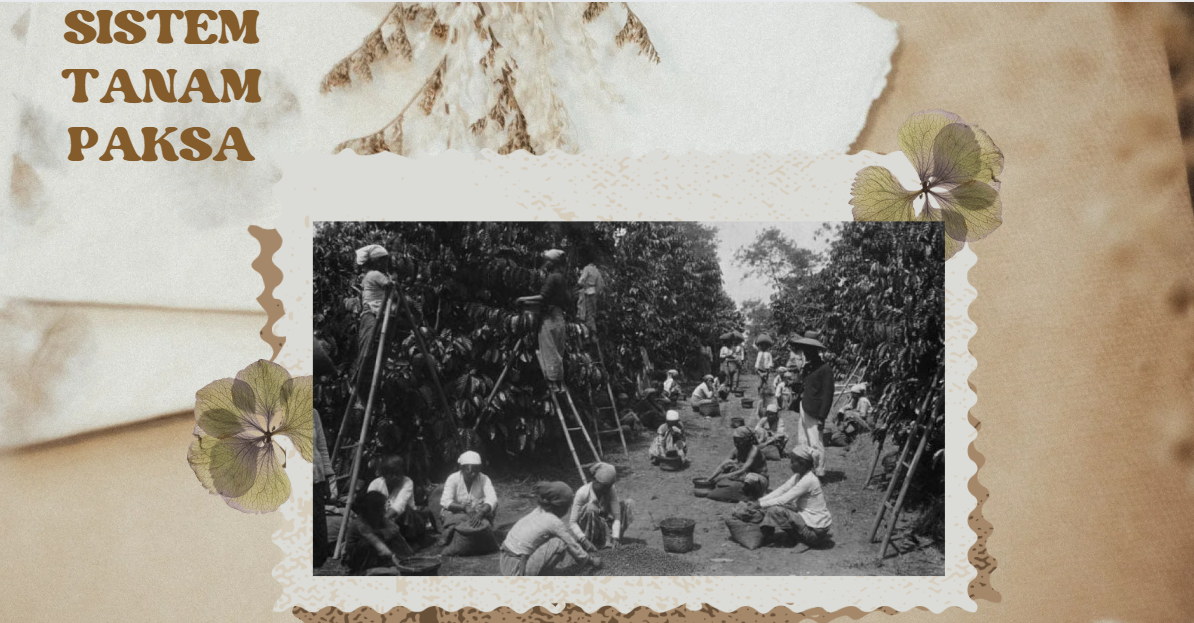inibet traditional Indonesian culture, the art of “inibet” holds a significant place in storytelling, weaving intricate tales that showcase the rich history of Indonesia. Through the vibrant threads of inibet, narratives come to life, bringing forth a tapestry of vivid imagery and cultural heritage.
Through the art of inibet, Indonesians have preserved their history and traditions, passing down stories from generation to generation with artful precision and captivating allure. Each intricate design and pattern in inibet tells a story, capturing the essence of Indonesian heritage in a visually stunning manner.
Join me on a journey through the captivating world of Indonesian storytelling as we explore the art of inibet and delve into its role in preserving the history and cultural identity of Indonesia. Let’s unravel the fascinating tales intricately woven into each vibrant thread of inibet, celebrating the rich tapestry of Indonesian heritage and tradition.
Understanding Inibet in Indonesian Culture
In the vibrant tapestry of Indonesian culture, inibet holds a significant place as a traditional form of storytelling that transcends generations. Let’s delve into the depths of inibet to unravel its origins, symbolic richness, and captivating themes that have woven themselves into the cultural fabric of Indonesia.
Origins of Inibet
Originating from the heart of Indonesian heritage, inibet is deeply rooted in the ancestral traditions of the archipelago. Passed down through oral narratives, inibet serves as a vital medium for recounting tales of folklore, history, and moral teachings. Initially used by elders and storytellers to captivate audiences, inibet is characterised by its rhythmic delivery and immersive storytelling techniques.
Symbolism and Themes in Inibet
As the flickering flames of the hearth dance to the rhythm of the storyteller’s voice, inibet unfolds intricate layers of symbolism and themes that mirror the diverse cultural landscape of Indonesia. Symbolic elements such as nature, animals, and celestial beings are interwoven into the narrative tapestry, reflecting the deep spiritual connection of Indonesians with their surroundings.
Common themes in inibet storytelling range from tales of heroism and bravery to love, loss, and the eternal struggle between good and evil. Each story carries with it a moral lesson or cultural insight, inviting listeners to embark on a journey of imagination and introspection. Through the prism of inibet, Indonesians celebrate their cultural heritage and preserve the essence of their storytelling traditions for future generations.
Inibet transcends mere words; it is a living, breathing art form that echoes the soul of Indonesia, inviting all who listen to immerse themselves in the enchanting world of Indonesian storytelling.
Inibet Techniques and Styles
Inibet storytelling captivates with its blend of visual artistry and narrative depth, enriching Indonesian history with vibrant tales passed down through generations. Let’s delve into the techniques and styles that make inibet a captivating art form.
Visual Aspects of Inibet
The visual allure of inibet lies in its intricate designs, a tapestry of vivid colours, and mesmerising patterns that transport audiences into the heart of Indonesian folklore. Each brushstroke and hue interweaves to create a visual symphony that breathes life into the stories told. The use of bold hues evokes emotions, while delicate details infuse depth and meaning, enhancing the storytelling experience.
Narrative Structures in Inibet
Inibet weaves tales through a rich tapestry of narrative structures, each thread contributing to the enchanting storytelling experience. Character portrayal in inibet is nuanced, with protagonists depicted in vivid detail, their emotions and journeys brought to life on the canvas. Plot development unfolds like a lyrical dance, leading the audience through twists and turns that keep them on the edge of their seats. Embedded within these stories are profound moral lessons, subtly guiding listeners towards introspection and wisdom.
Through a seamless fusion of visual artistry and narrative depth, inibet techniques and styles transcend time, inviting all to immerse themselves in the enchanting world of Indonesian storytelling.
Historical Significance of Inibet in Indonesian Storytelling
Whether whispered under moonlit skies or broadcasted on digital screens, the essence of inibet weaves through the rich tapestry of Indonesian storytelling, transcending time and form. Let’s delve into the enchanting realms where folklore and modernity collide, shaping narratives that resonate deep within the Indonesian collective consciousness.
Inibet in Indonesian Folklore
In the labyrinthine corridors of Indonesian folklore, inibet reigns as a celestial muse, inspiring tales of heroism, love, and mystique. Passed down through generations like a treasured heirloom, inibet infuses myths with its magic, breathing life into the country’s diverse cultures.
In the ancient Javanese chronicles, inibet dances as a mysterious spirit, guiding lost souls towards redemption. Its presence in fables of the archipelago serves as a beacon of cultural identity, entwining myth and reality in a seamless embrace.
Through the oral tradition of storytelling, inibet becomes more than a mere character; it embodies the very soul of Indonesian heritage, reminding listeners of their roots and the enduring power of narrative to transcend time and space.
Inibet in Modern Context
As the world hurtles towards a digital precipice, inibet gracefully adapts to new storytelling mediums, finding refuge in the virtual realms of social media and cinema screens. Embracing the pulse of modernity, inibet continues its saga as a timeless symbol of Indonesia’s storytelling resilience.
In the fast-paced world of contemporary Indonesian society, inibet emerges as a bridge between tradition and innovation, bridging the gap between past and present with effortless grace. Its relevance in modern contexts serves as a testament to the enduring allure of folklore in an ever-changing landscape.
In a world hungry for authentic narratives, inibet stands as a guardian of Indonesia’s storytelling legacy, inviting audiences to embark on a journey that transcends the confines of time and space, echoing the eternal melody of the Indonesian spirit.
Conclusion
Inibet is more than just a traditional art form; it is a gateway to the rich tapestry of Indonesian history and culture. Through the captivating storytelling of inibet, generations have been able to connect with their roots and appreciate the enduring charm of this ancient practice. By embracing and supporting inibet, we not only preserve a significant aspect of our heritage but also ensure that its magic continues to captivate audiences for years to come. Let’s celebrate the art of inibet and keep the flame of Indonesian storytelling alive for future generations to enjoy.






